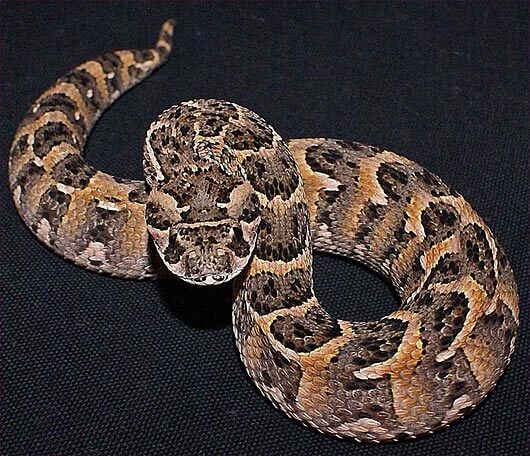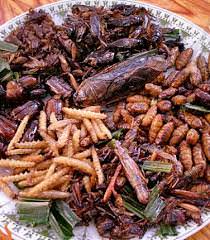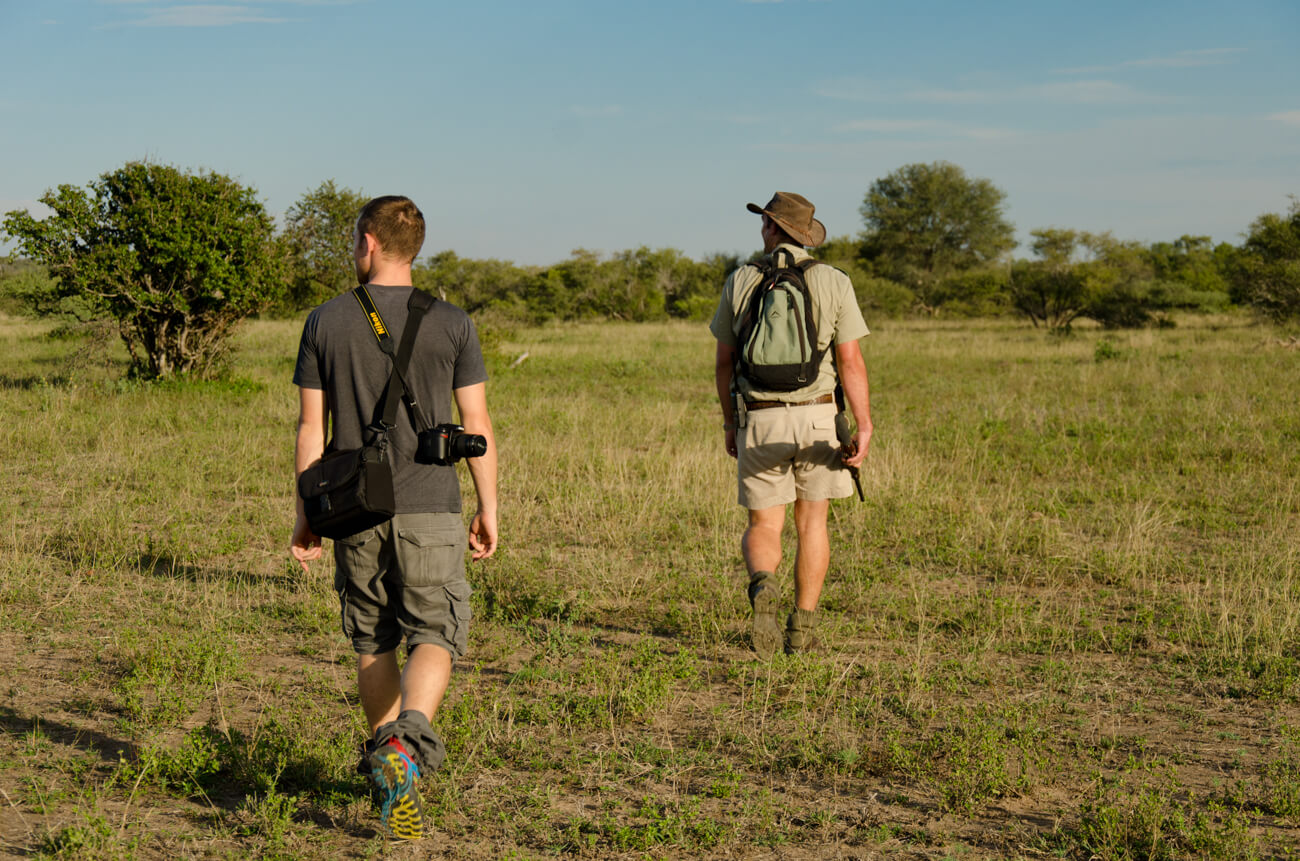Baggage
* Day pack, for you to carry
* Large duffel bag or backpack, for porters to carry
* Plastic bags
Clothing
* You want your inner layer to be wicking – no cotton
* Your next layer should be insulating and warm, and your top layer should be water proof but breathable.
* You will need clothes for hiking during the day, lounging in the evening, and for sleeping.
* Layers are important as temperatures vary greatly.
Kilimanjaro may be near the equator, but it gets cold up there!
* Shorts, for first and last day only
* Pants, for hiking and for lounging in the evenings
* Short-sleeved or t-shirts
* Long-sleeved shirts, for hiking and for lounging in the evenings
* Long underwear
* Fleece jacket or wool sweater
* Fleece pants
* Down jacket or ski parka (for temperatures well below freezing plus wind)
* Rain jacket, needed in hot rainforest and cold snow
* Rain pants, needed in hot rainforest and cold snow
* Underwear
* Sport bras, for women
Cold Weather Accessories
* Mittens and/or gloves (waterproof, one thin pair, one thick pair that can be layered)
* Wool or pile hat
* Balaclava or neck gaitor
* Hand and foot warmers (chemical activated)
Footwear
* Be sure to break in your shoes before the hike!
* Trekking shoes for hiking during the day, preferably warm, waterproof, and with ankle-support – not too light and not too heavy
* Tennis shoes or sandals for lounging in the evening
* Gaiters
* Hiking socks for warmer conditions
* Wool socks for colder conditions
* Sock liners to wick away moisture
Sleeping
* Sleeping bag (Rated -25 degrees C/-10 degrees F or colder is recommended)
* Sleeping pad and repair kit
* Tents are supplied at no charge
* Foam sleeping pads are provided at no charge (Thermarest is highly recommended, however)
Other
* Water bottles and Camelback (2-3)
* Get 3 liters of bottled water before the trip (available at the Springlands Hotel).
* Your guides will boil water for you along the route, or use steripens for water sanitization.
* To prevent water from freezing on summit day, keep your water source inside your jacket.
* For Camelbacks, blow air back into the bladder after each sip and drink often.
* Gatorade or other drink mix helps with taste and minerals
* Water filter or iodine purification tablets
* Sun hat with brim
* Sunglasses
* Bandana
* Money ($400 or more in cash and/or travellers cheques, including some small U.S., Euro, or Tanzanian bills)
* Ski or trekking poles
* Headlamp or flashlight
* Camera, film, tripod
* Video camera, tapes
* Batteries
* Bring extra sets for headlamp/flashlight and camera as cold weather shortens their life
* Binoculars
* Notebook, journal, pencil, and pen
* Pocket knife
* Electricity adapter
* Energy bars, hard candy, snacks, and comfort foods
* Playing cards, games, books, frisbee, football, kite
* Chocolate or pens for village children, momentos for guides, porters, and other climbers
* Umbrella, particularly useful in the rainy season, can be purchased in the market for around $2
* Plastic bags and zip-lock bags for waterproofing
* Sewing kit
* Salt, pepper, and spices for bland food
* Business cards
* Alarm clock
* Calculator (for currency conversion)
* Swim suit for hotel swimming pool
Toiletries
* Toilet paper (and baggie to carry used paper while on trail)
* Small towel
* Soap
* Toothbrush and toothpaste
* Handi-wipes (moist towelettes for cleaning)
* Hand sanitizer
* Lotion
* Glasses, contacts, solution (take contacts out each night to prevent blurred vision)
* Comb, mirror
Documents
* Passport
* Yellow fever certificate
* Tanzania Visa
* Medical insurance
* Address book
* Vaccination records
* Airline tickets
* Cash, travellers cheques, credit cards
* Maps, guidebooks
* Make copies of passport, TZ visa, airline tickets/schedule, and travellers cheques numbers.
Leave a copy with someone at home and put a copy in a separate place in your luggage.
First Aid
* Ibuprofin, Aceteminophen, or Aspirin
* Throat losenges
* Bandaids
* Moleskin
* Sunscreen (SPF 15+)
* Lip balm with sunscreen
* Insect repellent
* Disinfectant, Antiseptic cream
* Bandages and tape
* Diahrea medicine
* Antihistemines
* Ace bandage
* Melatonin (1-3mg) or other sleep aid
* Malaria pills (talk to your doctor)
* Antibiotics (talk to your doctor)
* Prescription drugs (talk to your doctor)
* Diamox (talk to your doctor)






0 Comments